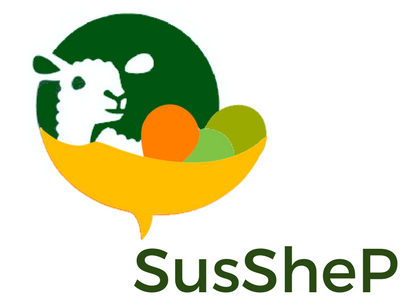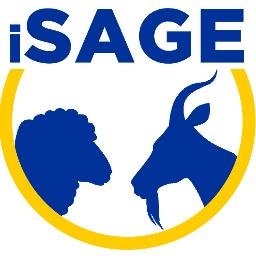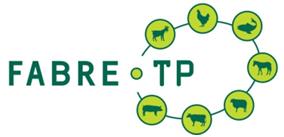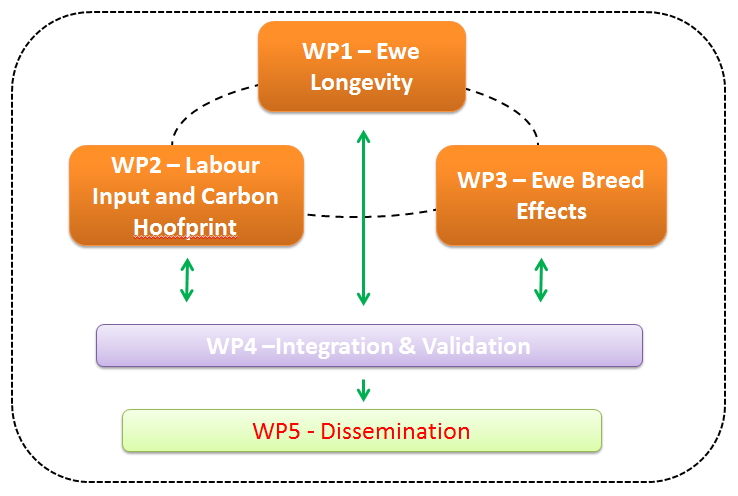SusSheP – Sustainable Sheep Production
European Research Area Network Research Project on Sustainable Sheep Production (SusSheP) involving partners from Ireland, UK, Norway and France. SusShep is a 3 year project which began in April 2017.
Project Summary
The overall aim of SusSheP is to increase the sustainability and profitability of European Sheep Production by addressing key industry focused problems.
Sheep are unproductive (but carbon productive) until they produce their first lamb crop, normally at 2 years of age and, on average, ewes only produce 4 crops of lambs in their lifetime. Despite its importance both from an economic and environmental perspective ewe longevity is not included in sheep breeding indexes across Europe. SusSheP will establish the genetic factors controlling ewe longevity, under different Sheep Production Systems (SPSs) and assess if early life predictors (eg reared as single, twin etc) can be used to predict longevity. Parallel to this, SusSheP will identify the most carbon and labour efficient SPSs under different management systems (eg prolific vs non-prolific sheep breeds) in order to enable the development of strategies to reduce the labour input and carbon hoof print per kg of output.
The breeding of more efficient sheep has been hampered internationally by the lack of sheep artificial insemination, as the only effective method for use with frozen-thawed semen is a laparoscopic procedure, whereby, semen is injected directly into the uterus but this requires veterinary expertise, is welfare unfriendly and sociable unacceptable. The only exception to this is in Norway, in which vaginal deposition of frozen-thawed semen yields good pregnancy rates. Research in Ireland has demonstrated this is due to the breed of the ewe used in Norway, whereby sperm can transverse the cervix in greater numbers than in other breeds, leading to higher pregnancy rates. SusSheP will interrogate the differences across breeds in cervical physiology and its secretions (genes, proteins and glycans) with a view of developing a more sociably acceptable AI method. Finally, through the participation of strategically chosen SME’s, SusSheP will maximise knowledge transfer to industry, farmers and the scientific communities.
Keep up to date on SusSheP progress!
Click here to view tweets from SusShep and here to view the research projects Facebook page.
Take our SusSheP questionnaire!
We need Irish farmers to complete our SusSheP breeding questionnaire. It will take an average of 12 minutes and the results will be of huge value to not only the SusSheP project, but also to the future development of Ireland sheep breeding developments – around AI, labour efficiency, carbon production efficiency and the development of a ewe longevity genetic index for Irish sheep farmers.
Find the survey by clicking on this link https://www.surveymonkey.com/r/9VX8YHL
SusSheP annual newsletters
Year 1 newsletter – Click here to download a leaflet launched by SusShep summarising the project aims and activities.
Year 2 newsletter – Click here to view our latest updates (up to August 2019).
Year 3 newsletter – Click here to view our final year 3 newsletter.
Presentations
EAAP – Dubrovnik, Croatia Aug 2018 – click here for full presentation.
CORAM Seram2 Conference – France Sept 2018 – click here for full presentation.
Who’s involved in SusSheP?
This research project involves a number of different partners across a number of European countries.
| Name of Organisation | Contact | Country |
|---|---|---|
| University of Limerick | Sean Fair ([email protected]) | Ireland |
| Teagasc | Dr. Noirin McHugh | Ireland |
| Norwegian Association of Sheep & Goats | Dr. Inger Anne Boman | Norway |
| INRA | Dr. Xavier Druart | France |
| SRUC | Dr. Claire Morgan Davies | United Kingdom |
| Norwegian University of Life Sciences | Prof. Annette Krogenaes | Norway |
| Sheep Ireland | Eamon Wall | Ireland |
| Maternal Sheep Group | Campbell Tweed | United Kingdom |
Linked Projects/Organisations
iSAGE – Innovation for Sustainable Sheep & Goat Production in Europe
FABRE-TP – Farm Animal Breeding & Reproduction Technology Platform
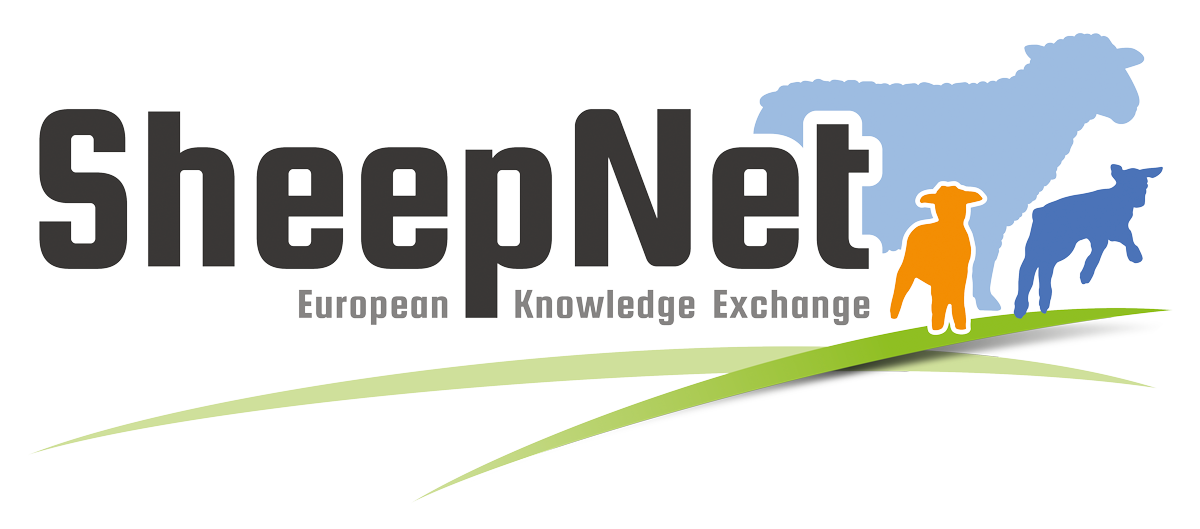 SheepNet – Sharing Expertise and Experience towards sheep Productivity through NETworking
SheepNet – Sharing Expertise and Experience towards sheep Productivity through NETworking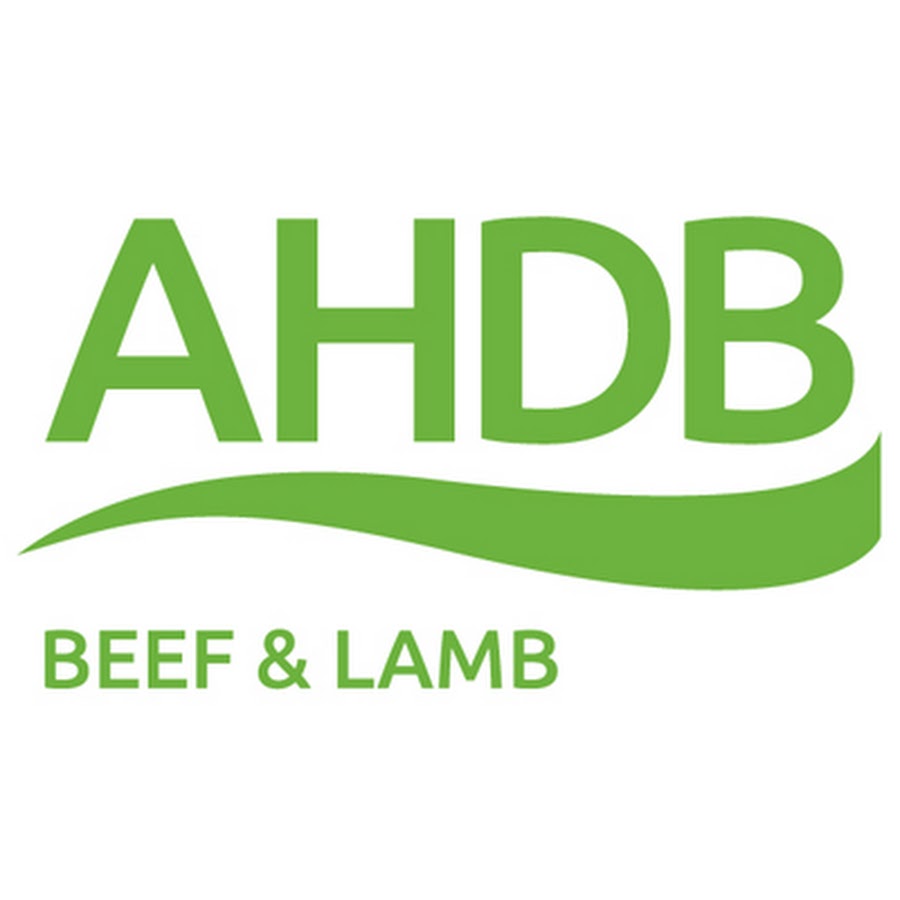 AHDB Challenge Sheep Project
AHDB Challenge Sheep Project
Schedule of work for SusShep
This project will be divided into different Work Packages (WP). These work packages will divide the project into the following key areas
WP1 – Ewe Longevity
WP2 – Labour and Carbon Hoofprint
WP3 – Ewe Breed effects
WP4 – Integration and Validation
WP5 – Dissemination

